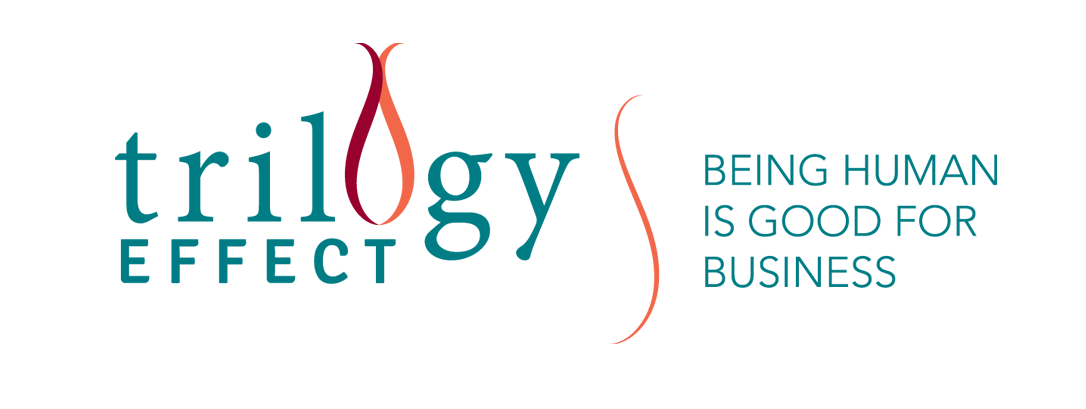A leader’s success depends upon developing, nurturing, and growing relationships. It takes having an in-depth understanding of our own - and others’ - behaviors and motivations.
This starts with an inward look at what drives our own patterns and how they impact the organizations we lead. The Enneagram provides a framework to reveal each leader’s natural strengths and challenges. Armed with this inner knowledge, leaders can become their best selves, and bring out the best in others.
In this post we explain why developing self-awareness is important and how to use the Enneagram to become a better leader. And, we include some tips on how to get started.
What is an Enneagram and why does it matter?
What is the Enneagram? It’s a development framework for exploring people’s core motivations and strengths. It describes nine different, fundamental worldviews and their associated habits and patterns. By looking through the Enneagram lens, people become aware of these patterns when reacting to situations and the triggers. With this knowledge leaders can make conscious choices about how they will lead their teams and their lives.
How to use the Enneagram to become a better leader
There are five distinct steps to becoming a better leader by using the Enneagram Framework.
Step 1: Determine your Enneagram Type
No need for an Enneagram test. Instead, you will need Enneagram Typing Cards, a notebook, and some pens.
Each one of the Typing Cards depicts one of the nine distinct Enneagram personality Types. It is important to note that the numerical ranking of the Types is not significant. No one type is better than any other. It’s not a test!
There is one card for each type:
The Perfectionist / Reformer
The People Pleaser / Helper
The Achiever
The Individualist
The Detached Observer / Investigator
The Loyal Skeptic / Loyalist
The Enthusiast
The Boss / Challenger
The Peacemaker
Lay out all the cards in front of you, pictures facing up. Choose three to five cards you can relate to most
In your notebook, write down why each of these cards spoke to you. How do they relate to the way you see yourself?
Choose the one card that you believe is most likely your Type. Read the back. Does it sound like you?
Step 2: Enneagram Types with wings
Is one of the cards you selected a Type that’s located on either side of the one you are most drawn to (i.e., best fit is Type 5 and you’ve also selected Type 4 or 6)? Often these Wings will feel familiar and will influence the way you express the characteristics of your best fit Type. Some people relate more closely to one Enneagram Wing than the other. Others feel that they share qualities with both Wings. To change your behavior, it’s important to recognize the influence of both wings.
For example, you may hear someone describe themselves as a Type 2 with a 3 Wing. What that means is this person has a more developed 3 Wing and / or is blind to the influence of the other Wing.
Step 3: Get to Know your Connection Points
Look at the other cards from the group you initially selected. Are they your connection points? See the Enneagram diagram and observe how each Type has two. In a stressful situation you may draw from the less healthy side of these Types. For example, a Type 9 under stress may behave like a less healthy Type 6.
When you are relaxed you may exhibit the positive behaviors of your connection point Types. For example, when a Type 9 is feeling best, he or she may act like a healthy Type 3.
Step 4: Stop and Reflect
Think through what you have learned so far about your Enneagram Type. Make a list of examples of how your worldview has affected your life and the decisions you have made. Note where you tend to focus your time, attention and energy. Observe: is there a pattern?
If so, you may now be ready to catch yourself in the act, before you react from habit. How would you rather respond? Write it down.
Step 5: Practice, Practice, Practice
You can use what you have learned about the Enneagram framework and your new self-awareness to change your patterns of behavior as a leader. You’ve not got a better handle on triggers that cause your patterned reaction. You’ve thought about a new way you’d like to respond.
Now it’s all about practicing. It takes a lot of repetition before we’ve rewired our brains to build in a new behavior
How? Practice “the pause.” When you feel triggered, bring yourself back to the present moment and observe how you are feeling and what you are thinking. You might just ask a question to better understand what someone is trying to communicate. Doing this will give you the pause you need, and most likely you’ll find out that you were reacting to a perception and not reality. Remember, we see the world not as it is, but as we are.
Practice the new skill you want to embed.
Transformational Leadership
The Enneagram can be a roadmap for a journey of self-transformation. It provides a great development framework for anyone who is ready to look inside of themselves. It’s for those who are willing to change the way they think and act to become a better leader.
To learn more, read InsideOut Enneagram: The Game-Changing Guide for Leaders by Trilogy Effect Partner Wendy Appel.
Get started now with Coaching With The Enneagram, a new virtual coaching service to help you discover your Enneagram Type and become a better leader.
Email us at clientcare(at)TrilogyEffect.com to find out more.


